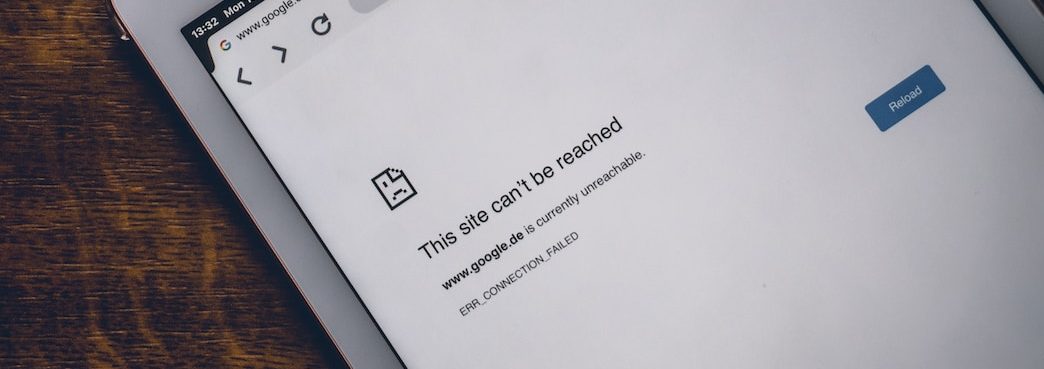Digital Poverty Alliance’s defines ‘digital poverty’ as ‘the inability to interact with the online world fully, when, where, and how an individual needs to.’ In Wales, low take-up of broadband among older people and low-income households is a significant issue, with 7% of adults not online, according to CWMPAS. The Welsh Government views Superfast Cymru as a success, with 90%+ coverage. However, rural Wales in particular, still falls short of the required broadband speed and accessibility for homes and businesses.
Digital poverty has become an increasing issue, especially as more public services are delivered online due to the pandemic. The level of digital exclusion in Wales is higher than in the rest of the UK and according to Digital Communities Wales, digitally excluded people are some of the heaviest users of health and social care services.
Access and speed remain crucial factors in digital poverty. Poor connectivity in rural contexts can drive digital poverty, which affects the tangible outcomes of people in those areas, undermining the social and economic health of rural areas.
Even when there is a level of connectivity in rural areas, there are significant differences in the quality of connectivity within communities. The lack of access to digital services can have a direct financial impact. For example, if people are unable to compare prices for essential services such as energy, car insurance, or financial services and are forced to remain with the same provider, this may not offer the best deal and cost more.



